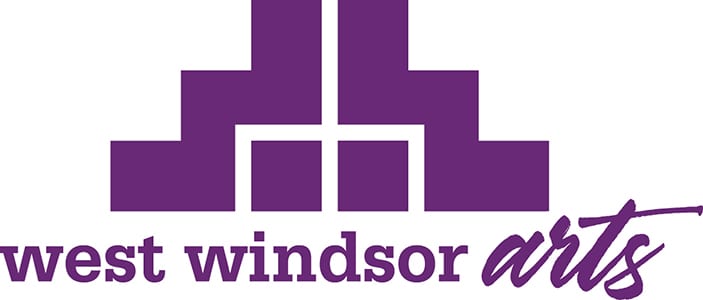In this acrylic painting course, students will explore foundational and advanced techniques over six weeks, building skills progressively while creating six pieces. We’ll begin with color mixing, brush control, and layering, then move into blending, light and shadow, and textural effects. Students will learn composition fundamentals and perspective techniques to create dynamic artwork. Each class introduces a new skill, inspiring students to experiment and express themselves. The final sessions allow for personal exploration, culminating in a project that reflects each student’s unique vision and mastery of acrylics, with plenty of individual guidance along the way.
Material List for Students to Bring to Class:
Acrylic Paints: A set of acrylic paints in primary colors (red, yellow, blue), along with black and white, plus any additional colors you may wish to use. Consider brands like Liquitex or Golden.
Brushes: A variety of acrylic brushes, including:
Flat brushes: in sizes 1/2 inch and 1 inch for broader strokes
Round brushes: in sizes 4, 8, and 12 for detail work and various textures
Filbert brushes: in sizes 6 and 10 for soft, rounded edges and blending.
Canvas or Acrylic Paper: An 11×14 acrylic paper pad or pre-primed canvases. (Bring at least six surfaces to complete different projects during the course.)
Palette: Palette Paper 9×12 inch.
Water Containers: Two containers for rinsing brushes—one for washing off paint and another for clean water.
Palette Knife: A medium-sized palette knife for mixing and applying paint.
Pencil and Eraser: A 2B pencil for sketching outlines, plus a kneaded or plastic eraser.
Paper Towels or Cloth: For blotting brushes and controlling paint thickness.




